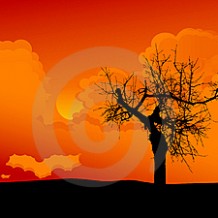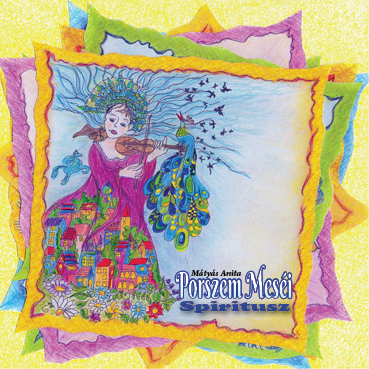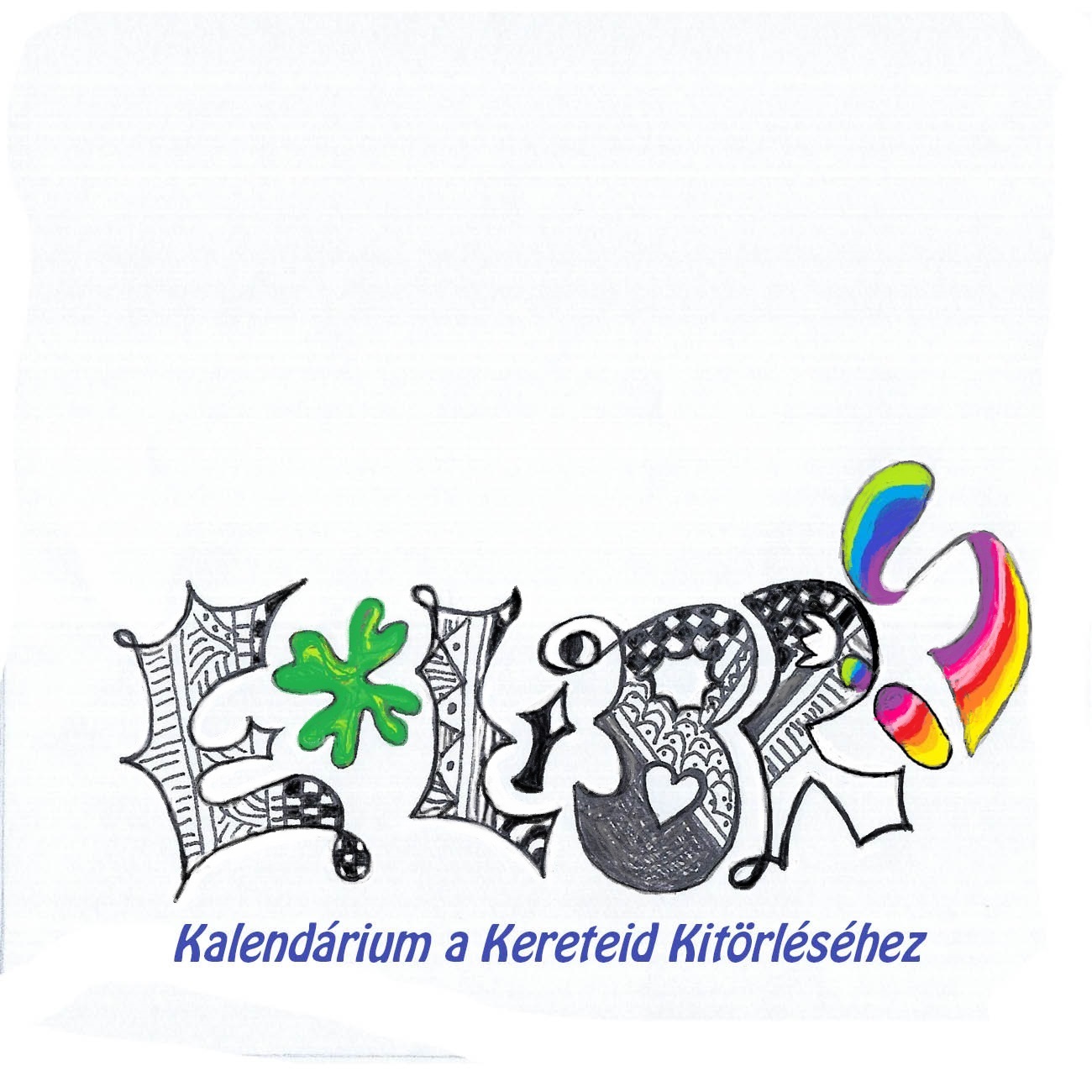THE LEGACY 0F A GIANT 0F Kl

© E. Thibault, 1999
This article appeared in Budo International Magazine n° 57, january 2000 (in french, german, spanish and portuguese versions)
Haruchika Noguchi, youngest son of a big and modest family, was born in 1911 in Japan. Already in his youth he discovered his extraordinary talents in healing. The patients came in great numbers much more than the young boy could receive. People started to come to his door after hearing of his reputation. Surprised to possess this capacity, the young Noguchi started to study different philosophies and the traditional therapies of the far east. Because of his own experience in healing and above all thanks to his extraordinary sensibility and profound perception of natural phenomenon, Noguchi formed the concept of Seitaï and opened his own school.
The word Seitaï litterally means “attuned body”, meaning simply the balanced organism. In that time, the students attending at his dojo studied the mechanisms of health and how to correct the diagnosed troubles. The disciples of Noguchi then had the capacity to treat sick people. The way that the founder of Seitai conceived health was much superior to habitual therapies and prevention of sicknesses. He studied the different bodily and psychological tendencies of human beings (Taïheki in Japanese), which permitted his students to understand the actual development process of pathology. Using this revolutionary tool, he showed his students that using Ki and the reflex points of the organism give a new meaning to health. This was the start of the excellent reputation that the Seitaï therapeutics have today in Japan.
But the genious healer was still not satisfied with this practice: he healed, but patients came back later, looking for attention and the relief of new troubles. Then Noguchi decided to give a new orientation to Seitaï. Very aware of the importance of the involuntary movements (yawning, sneezing, twitches etc.) to maintain the physiological balance, and above all health in general and of the importance of Ki in every aspect of human life, he discovered the way to optimize this process in the body and called this phenomenon Katsugen-Undo.
This subtle flowing of vital energy (Ki) throughout the entire organism, which generates profound beneficial effects, was named Yuki. With these two practices of Katsugen-Undo and Yuki, the Seitaï School teaches how each person can take charge and responsibility for his own development, growth and health.
Noguchi Sensei obtained the acknolegement from the Japanese Government and the support of the Ministry of Education. Until his death, he dedicated most of his researches to conception, pregnancy, birth and the education of young children, with the hope of contributing to the well being of future generations.
Innumerable examples illustrate the sensibility and profound understanding of Master Noguchi. In texts of his biography, which are still to be translated, his wife tells many of them. For example, as Noguchi walked down the street, he kept his arms always crossed because his hands wanted to go spontaneously to the affected areas on the bodies of the people walking by, which caused of course a problem during his adolescence. He used to receive an impressionable number of patients every day treating 200 people at the end of his life. He treated them with an extraordinary precision, sometimes just with a gesture, a word or a simple look. His perception of human nature was so great that he could tell a woman how many children she had had or describe the state of someone’s digestive system just by hearing the way he walked when coming up the wooden stairs to his dojo. The instant healings within his patients are unaccountable, but Noguchi Sensei would not take personal glory for this, always insisting in the action of Ki in the organism.
The practices that come from Seitaï are known in Europe principally thanks to the teaching of ltsuo Tsuda and his most interesting books. To underline and focus on the universality of the practice, Tsuda Sensei preferred then to use the word “Regenerative Movement”. ltsuo Tsuda studied Seitaï with Master Noguchi during twenty years, he also practised Aïkido with the founder Sensei Morihei Ueshiba, who he understood well, and he learnt Noh theatre with Master Hosoda. He moved to France from 1970. His efforts to transmit this extraordinary heritage were realised and appreciated by very illustrious people and his dedication permitted him to teach and travel.
The regenerative Movement — Katsugen-Undo
The main practice of Seitaï is for professionals as well as beginners. Katsugen-Undo is totally different from a physical exercise, in every sense of the word. In reality it is not done by a voluntary act, but consist in letting the involuntary system of the human body (called the “extrapyramidal motor system”) express itself freely by spontaneous movements, like for example those produced naturally during certain phases of sleep. We can all observe these reflex movements in babies or animals, which do not have inhibitions as adult’s behaviour patterns. This type of reaction has a fundamental importance for a general balance and for health: it is how one releases the organic excessive tensions that, if they are left alone and not released, persist in the body and can be the cause of serious illnesses or diseases. A regular practise gives the body the possibility to free itself from these excessive tensions and then contributes in maintaining a naturally good health.
Noguchi Sensei devised some preparation exercises that induce these spontaneous movements to start. These act on the spine through simple gymnastic which alternates contraction with sudden relaxation, after which the body starts to move spontaneously, without the practitioner ever loosing awareness or entering a trance. During the practice of Katsugen-Undo, the mind finds itself in a state of well being, very awake. These gestures and movements, which look unruly, not by chance, are produced by the subtle play of Ki in the organism, which flows like an interior wind and corrects all abnormalities and releases tension.
Yuki Fusion of Ki
Another most important practice of Seitaï is Yuki. This is the basis of all Seitaï treatments, including these of professional therapists, but it is accessible to every human being. It consists in achieving the blending of Ki between two persons. Therefore, one uses generally the contact of the hands on the body of the person receiving, who is laying on the floor. One can say that any exchange in which various people are involved is in itself Yuki. It could be the case of therapeutic intervention, a conversation or a meeting Tori-Uke in Aïkido (a martial art). Consequently, Yuki means the essence of any relationship between human beings, whether a love relationship, a competitive relationship or a business relationship etc. Without doubt, Ki (life force) moves in the organism with the breath, and a full concentration of both people during the practice of Yuki s focused on the respiratory process.
The basic principle is identical to our reflexes in the case of an injury or when we knock or bump ourselves: we immediately instinctively put out our hands on the wounded place. In Yuki, the hands spontaneously go to the place of tension on the person receiving; the person giving visualizes an exhalation from the palm of the hands. If the posture and the mental attitude is correct, which simply means if space is left for the Ki, the universal vital energy, to flow through oneself without having personal means or without aim, which appearently looks very simple, has very profound effects. It has infinite refinements which arouse during the evolution of each practitioner and can reach the level of a therapeutic intervention, called Seitaï Soho, but the principle focus stays this very subtle blending, so pleasant that Noguchi didn’t hesitate to write during some years the word Yuki with characters which means “a happy Ki”.
Besides these two fundamental practices, which are, Katsugen-Undo and Yuki, Seitaï has many complementary activities, which reach to the same aim, meaning to bring the organism back to its natural balance. One of those are Taïso, a kind of very precise physical exercises, which acts deeply on each individual. The Taïso are designed with an extraordinary knowledge of the functioning of the human organism. In this practice, after taking into account the corporal areas where the main tensions lays (which create unbalance), one chooses an exercise that provokes an intense contraction in the area, followed by a sudden relaxation, which respects precisely the laws of nature. The area that is excessively tense will return to it’s flexibility, in the same way that a stringed bow returns to it’s shape when the arrow has been fired.
Other exercises also exist, designed to re-establish the general balance in the organism and to give back the sensitivity of the body, which has become insensitive and inflexible (Dôyô, Kômyo, etc.). These exercises generally implicate the whole body in a slow movement, very precise and repetitive. The focus point is directed to the centre of gravity (Seïka Tanden) and the natural abdominal respiration, a regular practice of these Taïso allows the centre of gravity to return progressively to it’s ideal place, eliminating the contractions, the organic and psychological tensions; consequently, the breathing becomes spontaneously deeper and the bodily posture is self-corrected, freeing the body movement and letting the Ki circulate freely all through ones being.
Seitaï, an art of life according to Natural Laws
The richness of Seitaï consists in not forgetting this fundamental aspect: the respect of the principles of nature, symbolized above all by the breathing cycle. Following this concept, ltsuo Tsuda named his Parisian Dojo “The School of Breathing”. The practitioners of martial arts can find in the practice of Seitaï a unique preparation and with that an actual experience of Ki, which they can apply to their art.
Under the appearance of a therapy, the teaching of Seitaï aims to the integrated growth of one’s being. The essence of all the techniques proposed by Haruchika Noguchi is the accomplishment of human life. Behind Yuki, Katsugen movement and also the Soho treatment, there is only one focus: to leave a space inside oneself for Existence further than one’s personal consideration. Noguchi Sensei insisted always on this very point.
As the founder said, existence as we know if makes sense only if we try to give a full expression of the vital force. This implies of course a progressive expansion of consciousness and a permanent inter-exchange with others and our environment. Following this statement, Seitaï is a true Way which leads to fulfilment, so, when the time comes, one is prepared to accept death without fear, like some kind of new expression of life. “A deep sleep only exists for those who act intensively, a serene death only for those that have lived fully” declared Master Noguchi.
Haruchika Noguchi died almost a quarter of a century ago. Aware of the tremendous importance of this genius’ teachings, his successors work hard to transmit his original message about life and health all over the world. Jean Benayoun is an former student of Itsuo Tsuda, with thirty-year of experience. Sincerely engaged in the teaching of the Seitaï way, his assistants organize regular seminars in Europe.
– Emmanuel Thibault
Seitai tanfolyam évente egyszer Magyarországon:
Ex Libris - Kalendárium a Kereteid Kitörléséhez - AJÁNDÉK pdf: http://kerekegeszember.hu/ajandek-naptar/
Porszem Meséi - mesekönyv részlet AJÁNDÉK pdf - felnőtteknek és gyerkőcöknek: http://kerekegeszember.hu/porszem-ajandek/








